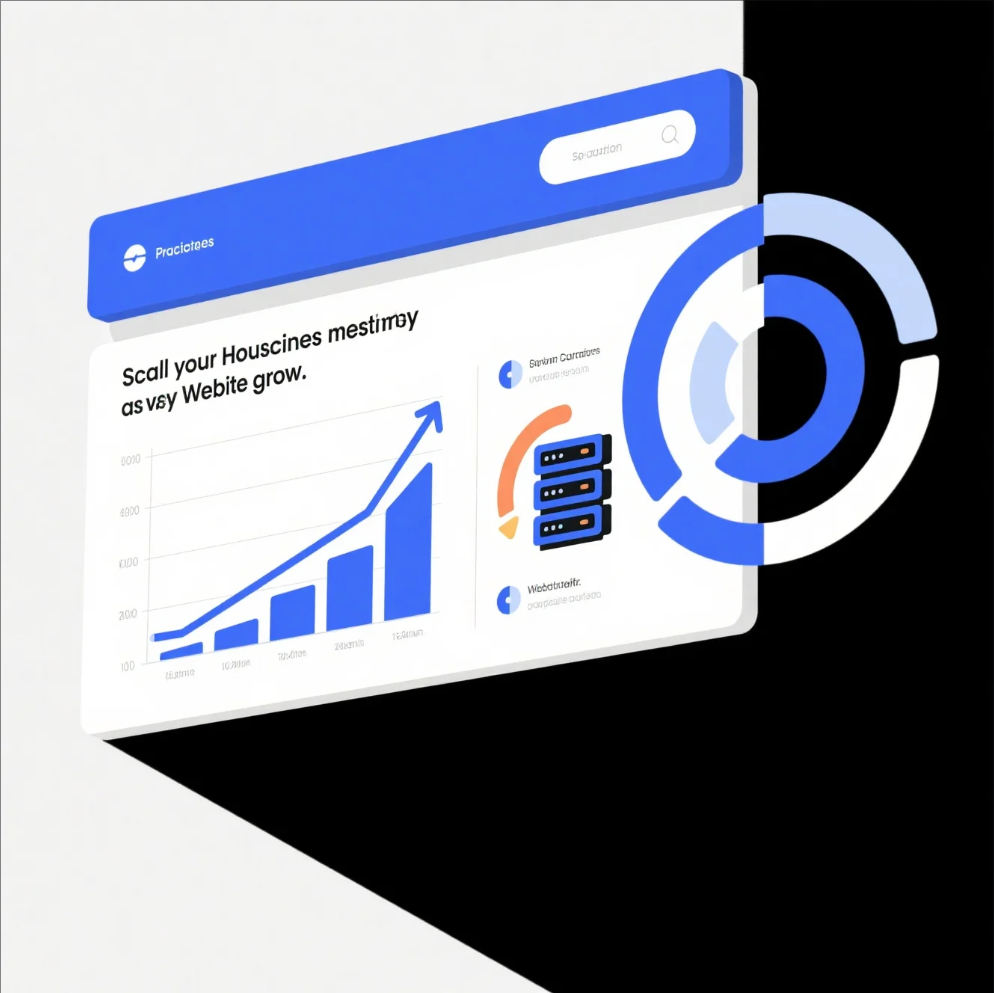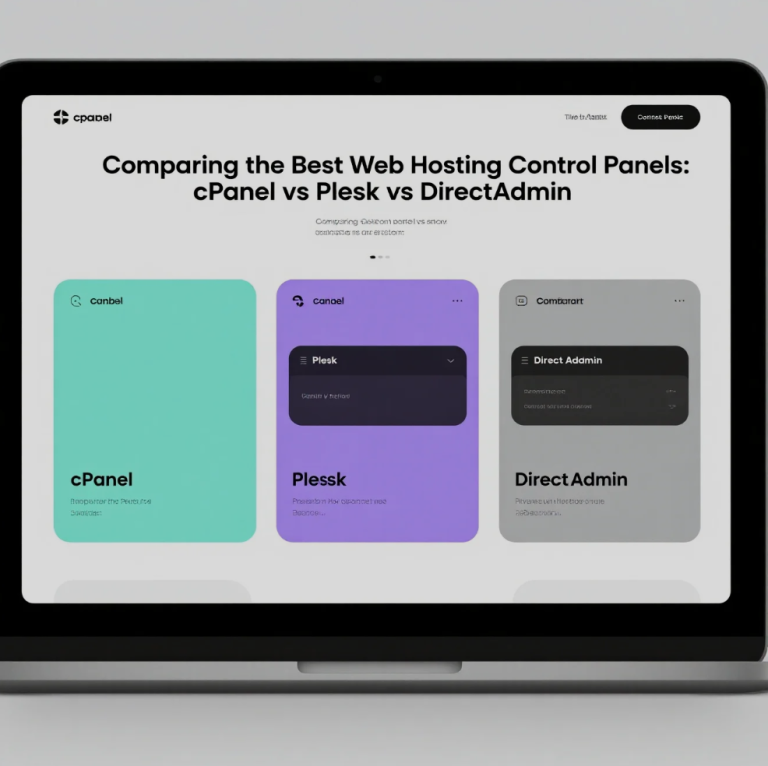
As your website grows, so do the demands on your hosting infrastructure. Proper scaling ensures that your site remains fast, reliable, and secure, even during traffic spikes or business expansion. Understanding best practices for scaling hosting can prevent downtime, enhance user experience, and support long-term growth.
1. Assess Your Current Hosting Plan
Before scaling, evaluate your current hosting plan’s capacity, limitations, and performance metrics. Determine whether your current server can handle increased traffic or if an upgrade is necessary. Shared hosting may work initially, but growing websites often require VPS, dedicated, or cloud hosting.
2. Opt for Scalable Hosting Solutions
Choose a hosting solution that allows flexible scaling. Cloud hosting, for example, provides the ability to adjust resources such as CPU, RAM, and storage on demand. This ensures your website can handle sudden traffic spikes without affecting performance.
3. Optimize Website Performance
Scaling hosting is not just about adding resources; optimizing your website matters too. Implement caching, content delivery networks (CDNs), image optimization, and database indexing to reduce server load and improve page speed.
4. Monitor Traffic and Resource Usage
Use monitoring tools to track server performance, uptime, bandwidth usage, and visitor behavior. Regular monitoring helps anticipate scaling needs and avoid performance bottlenecks before they impact users.
5. Implement Redundancy and Backup Solutions
As your website grows, downtime can be costly. Use redundant servers, automatic failover, and regular backups to ensure data integrity and minimize the risk of service interruption.
6. Plan for Security and Compliance
Scaling hosting also means scaling security. Implement firewalls, SSL certificates, malware scanning, and access controls. Compliance with data protection regulations (such as GDPR) is critical as your website expands internationally.
Final Thoughts
Scaling your hosting effectively is essential for website performance, user experience, and business growth. By assessing your current setup, choosing flexible hosting, optimizing performance, monitoring resources, and ensuring security, you can confidently expand your online presence while maintaining reliability
Recommend:



